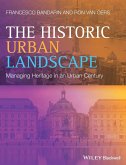
Broschiertes Buch
28. Juli 2014
John Wiley & Sons Inc
| eBook, ePUB | 54,99 € | |
| eBook, PDF | 54,99 € |
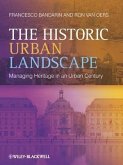
Ähnliche Artikel
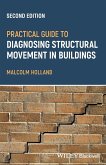
Broschiertes Buch
2. Aufl.
17. Januar 2023
Wiley & Sons / Wiley-Blackwell
1W119898720
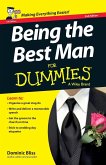
17,99 €
Versandfertig in 2-4 Wochen
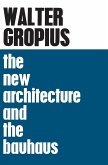
24,99 €
Versandfertig in 1-2 Wochen
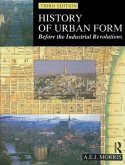
Broschiertes Buch
3. Aufl.
7. März 1994
Routledge / Taylor & Francis
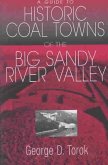
22,99 €
Versandfertig in über 4 Wochen
Broschiertes Buch
First Edition, First edition
28. Mai 2004
University of Tennessee Press
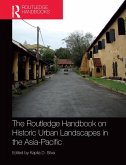
Broschiertes Buch
29. August 2022
Routledge / Taylor & Francis
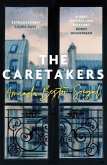
21,99 €
Versandfertig in 2-4 Wochen
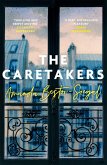
17,99 €
Versandfertig in 2-4 Wochen
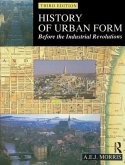
Gebundenes Buch
3 ed
9. Februar 2015
Taylor & Francis Ltd
Ähnlichkeitssuche: Fact®Finder von OMIKRON

